Solar Panel Orientation in the UK
Your solar panel orientation is very important when it comes to maximising the amount of electricity that your solar panels will produce.
As we’re in the northern hemisphere the best solar panel orientation is obviously south, but:
- What happens if your roof isn’t facing south?
- What difference does it make if you’re only a little off south OR a lot off south?
Other Considerations:
It’s not enough just to say “my roof is south facing so I’m going to get the maximum output from my panels”. There are other factors which will affect your output such, as elevation and shade.
Elevation is the pitch of your roof in degrees from horizontal.
A typical two storey house roof in the UK ha a roof elevation of around 30º-40º although there are exceptions. PV panels output will drop off beyond these figures.
Shade will also affect your output, regardless of the orientation or elevation. So let’s just say that you really don’t want your panels being shaded.
If even one panel is shaded it will reduce the output of all your panels unless you invest in micro-inverters or other optimizing devices.
Solar Panel Orientation and Elevation:
So we’ve established that there's a sweet spot for your solar panel orientation which is directly south and a sweet spot for elevation which is between 30º and 40º. So what’s the effect on output the further you go from these optimum conditions?
Well, obviously the further you go from either of the optimum positions the more your output will drop. However the elevation doesn’t drop off as much as you might imagine because the sun will still shine on them even in a horizontal position.
However as soon as your panels elevation drops below around 12º from horizontal they won’t be able to self-clean themselves quite as well and once they get dirty their output will reduce.
Now that you’ve got the basics you’ll be able to look at the table below and see exactly what effect your roof elevation and orientation is likely to have on your solar panels output.
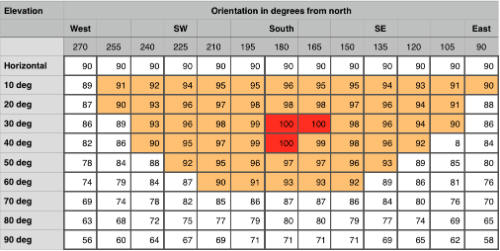 Solar Panel Orientation Chart
Solar Panel Orientation ChartCan solar panels be fitted if your roof is east west facing?
I get asked this a lot and there isn’t really a simple answer. You either accept that your output will be down to the sort of levels in the table above or you spend a little more money and try to maximise the your output with technology.
How? I hear you ask.
Well, let’s look at the east west options:
Option 1. You could install all your panels on the east roof and take as much sun as you can in the mornings. They would all then be in the shade during the second half of the day.
Option 2. Put your panels on the west roof and take as much sun as you can in the evenings. They would then be in the shade during the first half of the day.
Option 3. Split your array in two and put half on the east and half on the west, although arguably you would get similar results to the above two options. As half your panels would be in the shade during the first half of the day and the other half would be in the shade during the second half of the day.
Whichever of the above options you go for you'll have to reduce the effect of shading.
That means spending more money on micro inverters or an optimizing device. These basically micro manage each panel meaning the panels in the shade shouldn’t affect the output of the rest of the panels which are in the sun.
The downside is that these devices cost more money although they claim to increase output by around 20%
Many solar panel installers advise not to install on roofs more than 45º from south (i.e. between south west and south east). Others say it’s fine as long as you install the additional technologies.
If in doubt, get a few solar companies to carry out a survey on your roof and give you projections for what their PV system should produce on your roof. Then you can see the payback period and decide if it’s worth the money.
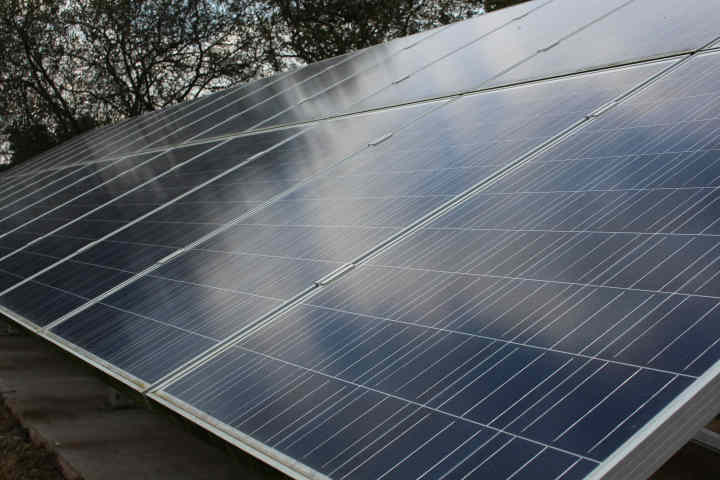
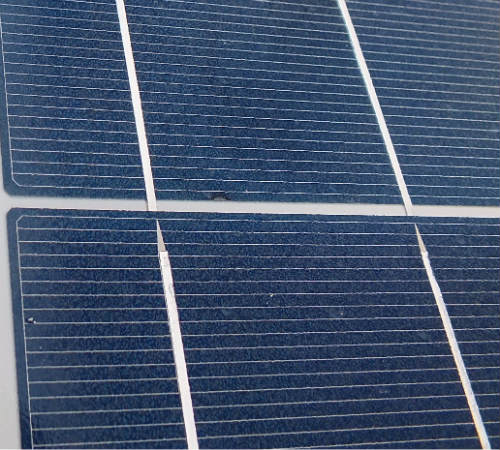

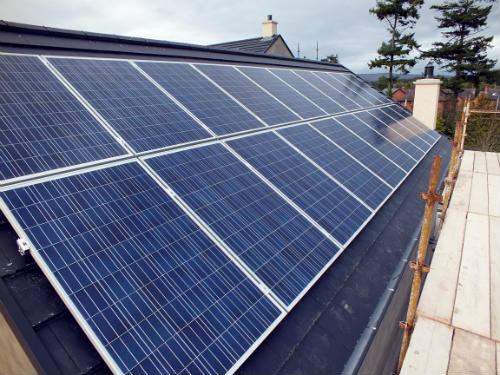
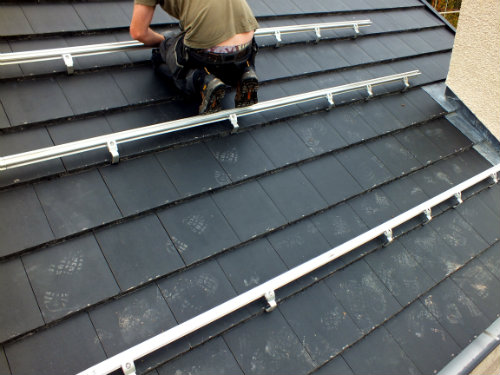

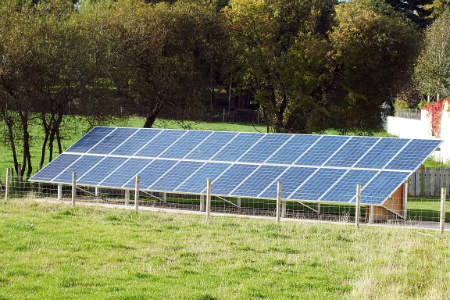







New! Comments
Have your say about what you just read! Leave me a comment in the box below.